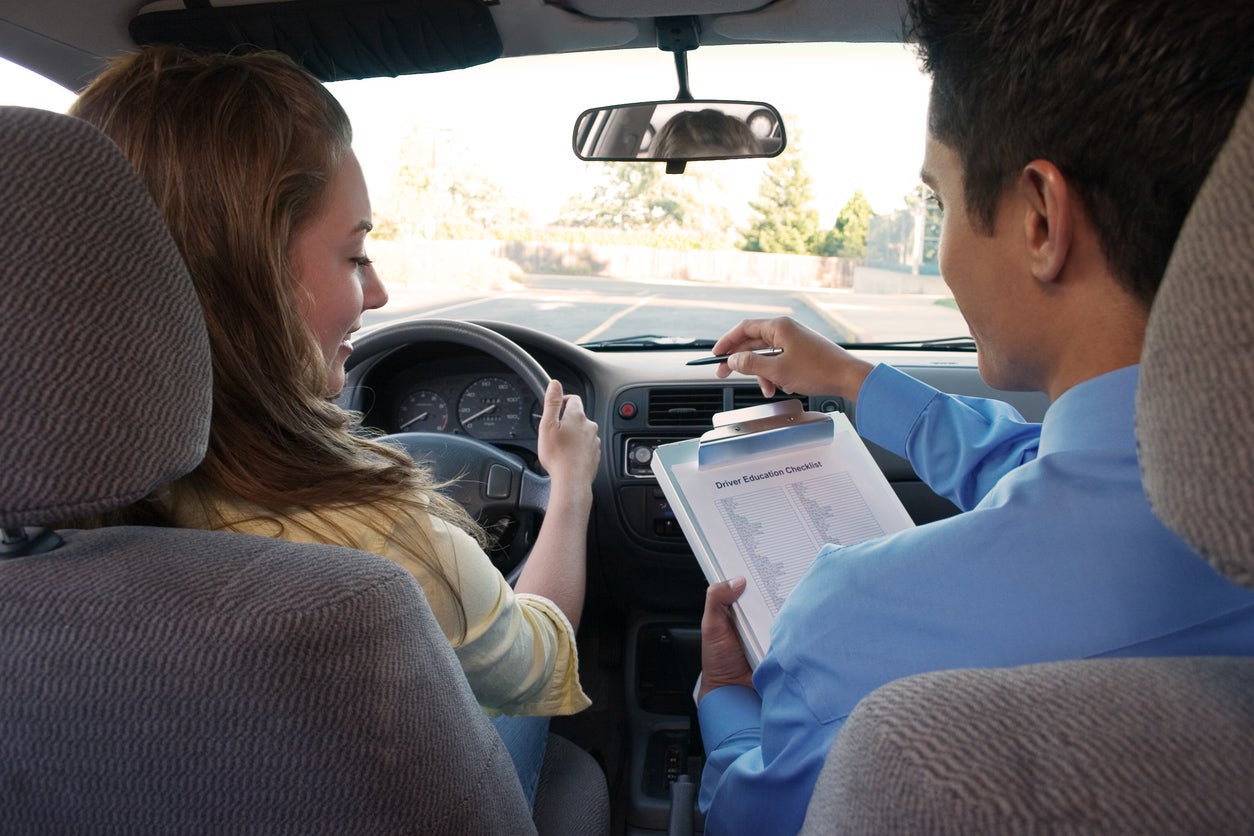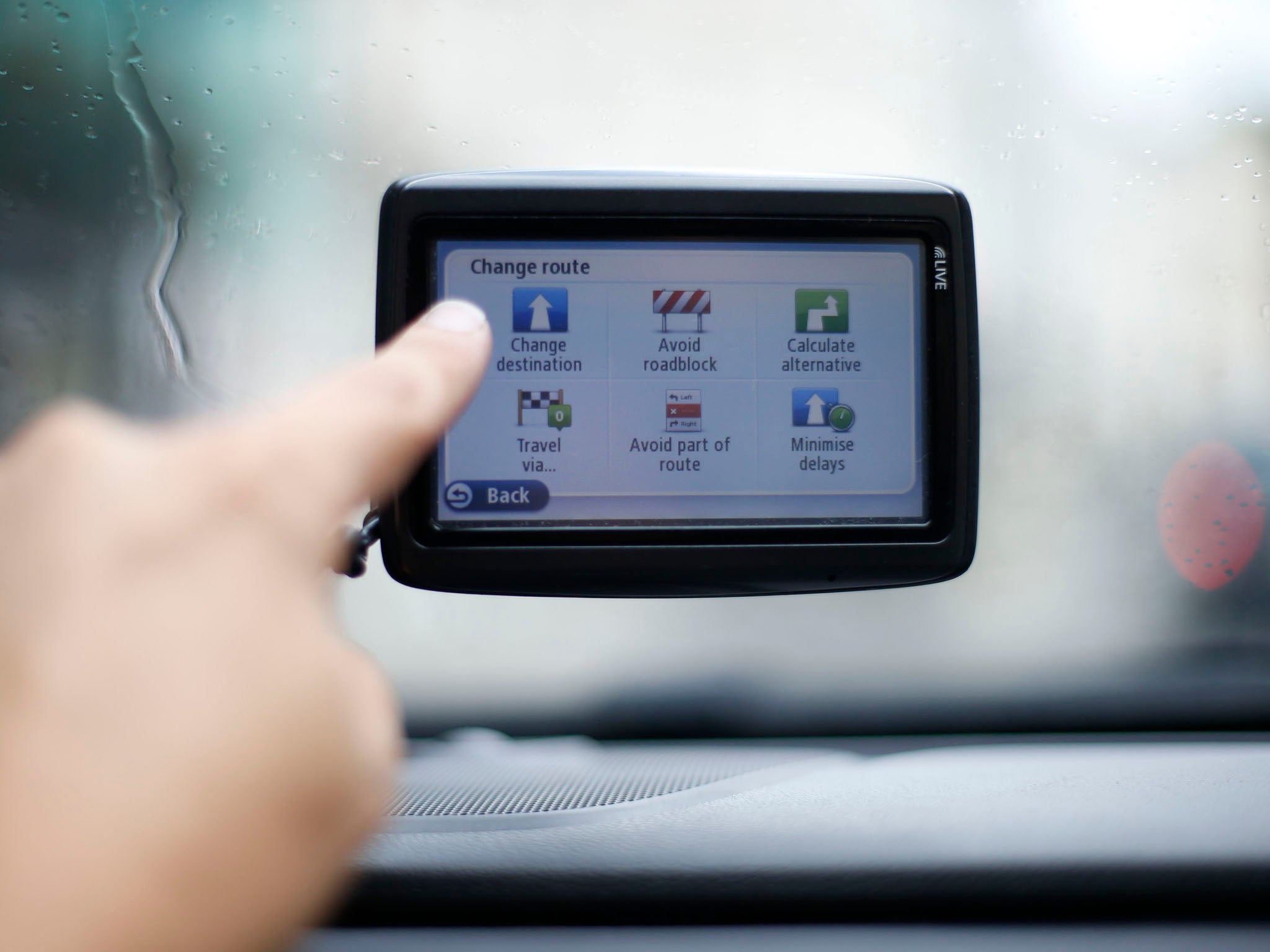New driving tests introduced to cut number of young people killed in accidents
Younger drivers are up to seven times more likely to be killed or seriously injured compared to those over 25

Your support helps us to tell the story
From reproductive rights to climate change to Big Tech, The Independent is on the ground when the story is developing. Whether it's investigating the financials of Elon Musk's pro-Trump PAC or producing our latest documentary, 'The A Word', which shines a light on the American women fighting for reproductive rights, we know how important it is to parse out the facts from the messaging.
At such a critical moment in US history, we need reporters on the ground. Your donation allows us to keep sending journalists to speak to both sides of the story.
The Independent is trusted by Americans across the entire political spectrum. And unlike many other quality news outlets, we choose not to lock Americans out of our reporting and analysis with paywalls. We believe quality journalism should be available to everyone, paid for by those who can afford it.
Your support makes all the difference.The driving test has undergone its most significant shake up since the written theory exam was introduced in 1996.
The practical test has been changed to make it a more realistic assessment of learners’ driving ability.
From Monday the length of independent driving is being doubled to 20 minutes and candidates will have to follow directions from a sat nav.

Rare manoeuvres such as reversing around a corner are being replaced by more common scenarios like entering a parking bay.
Learners will also have to answer a vehicle safety question while driving, for example telling the examiner how they would wash the windscreen using the car’s controls and wipers.
Department for Transport figures show that younger drivers are up to seven times more likely to be killed or seriously injured on Britain’s roads compared with those over 25.
It is believed that their lack of experience is an important factor.
The Driver and Vehicle Standards Agency’s (DVSA) chief driving examiner, Lesley Young, said: “The new test will help prepare new drivers for driving on modern roads and support a reduction in the number of young people killed or seriously injured.”
From next year learners will be allowed to take motorway driving lessons with an approved instructor.
With the advance of autonomous and semi-autonomous vehicles, the DVSA will also consider how candidates will need to demonstrate they can use new technology safely.
Ms Young said: “We”ll continue to explore opportunities to further develop driver training and testing to make sure the driving test reflects real life driving.”
The modifications to the test which came into force on Monday were welcomed by driving experts and road safety groups.
AA president Edmund King said the new test “now reflects real life driving” and predicted that people who pass it will have “more confidence when driving solo”.
Steve Gooding, director of motoring research charity the RAC Foundation, commented: “Coming up with revisions to the driving test that better reflect the real world challenges of driving in traffic must be a good move.”
Road Safety GB chair Sonya Hurt said: “Modern vehicles feature an increasing array of driver assist technology, and as such it is sensible and realistic to test the candidate’s ability to use a sat nav system.
“We also welcome the fact that the new regime will allow test candidates more time on the rural road network, where the consequences of inexperience can be particularly devastating.”
Press Association
Join our commenting forum
Join thought-provoking conversations, follow other Independent readers and see their replies
Comments